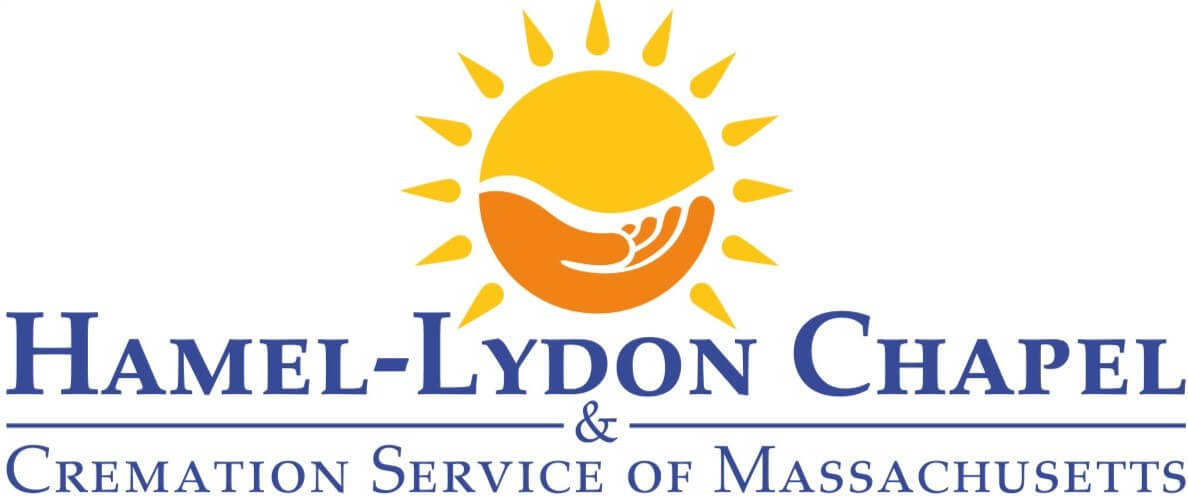What To Know About Embalming
Embalming a body is not a light subject and often something we don't always think about after death. Embalming is not required by law and is up to the deceased person's final wishes or family's choice. So why is it necessary to embalm a body? If you want to learn more about embalming, how it works, and the goal of embalming a body, continue reading below.
What Is Embalming?
Embalming is the process of slowing down the decomposition process of a deceased body. This includes inserting special devices and fluids to temporarily slow down the decomposition process. This is used to preserve the body if the funeral services are not right away, making it look suitable for the public viewing at the service. It is also beneficial for long-distance transporting of the body whether families need to travel for a service or postpone it for a few days. Embalming may also be necessary for medical research of the body.
How Common Is Embalming?
Embalming commonly occurs in Canada and the United States. Most families in these countries consider embalming part of the funeral tradition. It is a step before the viewing and burial of the body that families often find necessary. Most funeral homes also believe this is a necessary step in the funeral process. They will usually not show the body if it has not been embalmed, dressed, and had cosmetic restoration.
Do Any Religions Forbid Embalming?
Most Christians believe in embalming a body after death, but other religions may not feel the same way. Muslims and orthodox Jewish faiths consider embalming as damaging the body, and they would rather not preserve the body before services. It is understandable to want to leave the body natural and as is, but there are reasons why embalming can be beneficial when it comes to holding services and viewing the body.
How Common Is Embalming?
Every good obituary mentions the loving family members the deceased has left behind. You can either keep this section simple and brief or be creative as you want to. There is no need to go into detail about each family member, but instead, just mention their relation to the deceased loved one and their impact on their life. This is an important section for readers because they may know one of the loved one’s relatives and can discover a connection to the deceased person. The number of people mentioned in this section and how much detail they are described can depend on the size of the family. Most obituaries keep it short by mentioning husband/wife, children, or grandkids.
Are There Alternatives To Embalming?
There may be alternatives to embalming at your local funeral home. Direct or immediate burial is an option for your loved one that does not require the body to be preserved for a later viewing or funeral service. The body will be directly placed into a casket and buried within a few days without a viewing or open casket service. If the funeral home has a refrigeration service, the body may be placed until the day of the burial. Private or at-home services are available if you want a private viewing without embalming. This is done within a few days after the loved one has passed to prevent the body from being preserved.
Are There Alternatives To Embalming?
Embalming works by performing a series of tasks to preserve, maintain, and remove anything from the body to keep it preserved for a funeral or viewing service. The first part involves removing parts of the body and inserting special chemicals to preserve the body. Arterial embalming begins as blood is pumped from the heart, and a waterless solution is pumped into the artery to preserve the body. The embalmer next will puncture the stomach, bladder, and large intestines to remove any bodily fluids before inserting a fluid to preserve that area of the body.
Next, the appearance of the deceased person is worked on. Certain creams are used on the face and body to keep it looking fresh and soft for a viewing. Some facial features may be made by stuffing cotton or using gauze to absorb liquids and make the deceased face look soft and natural. Nails are manicured and cleaned, wigs or hair styles are performed, and make-up is used to make them look clean and natural as they are remembered. Some facial hair may be shaved or removed to keep them looking clean and sharp.
Contact Our Funeral Home in Quincy, MA
For additional questions about embalming and the funeral services of a loved one, contact Hamel-Lydon Chapel & Cremation Services of MA. Our staff is patient and caring for you and your family during this hard time. We are here to provide guidance and help with any questions you may have regarding our loved one's death or memorial service. Contact us today at 617-472-5888.

